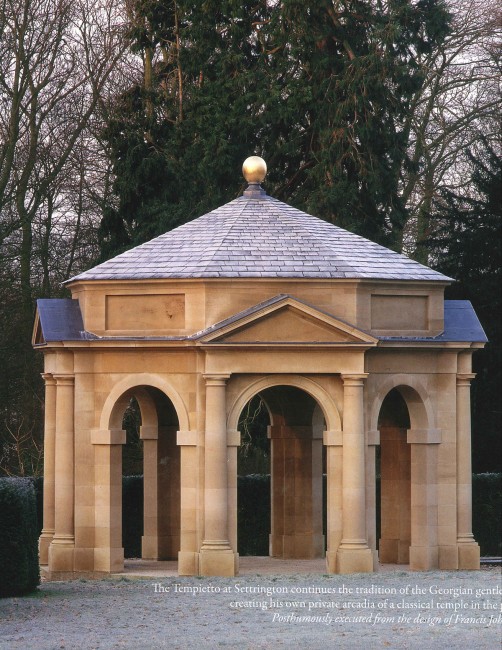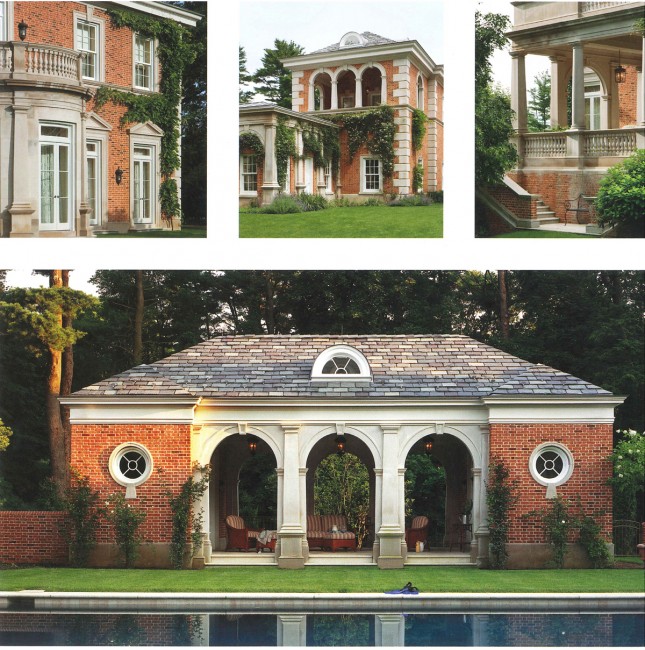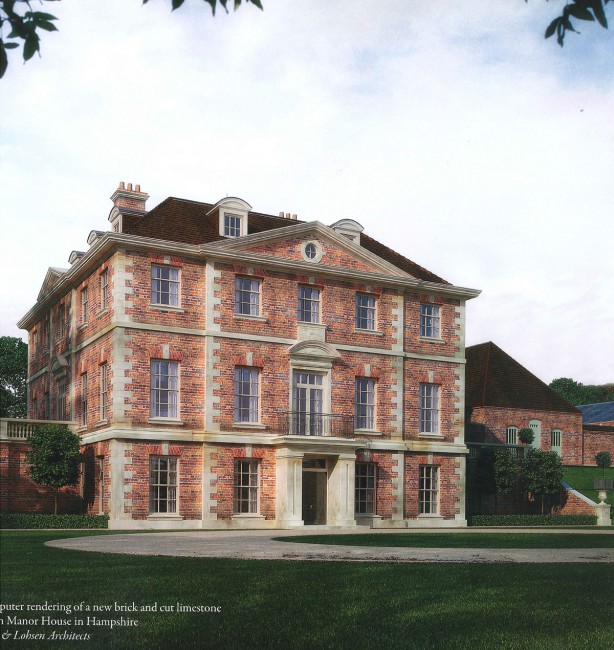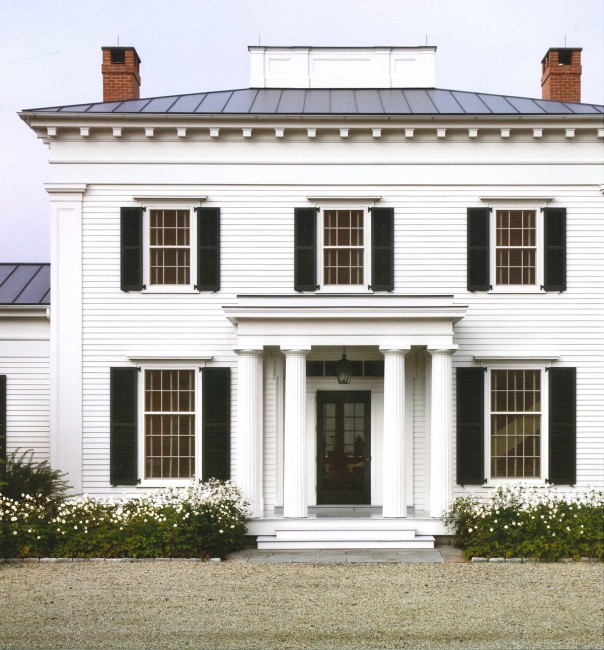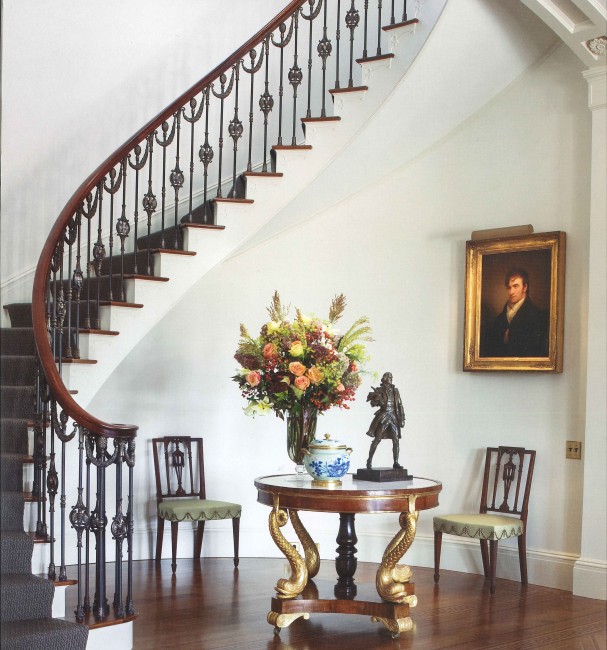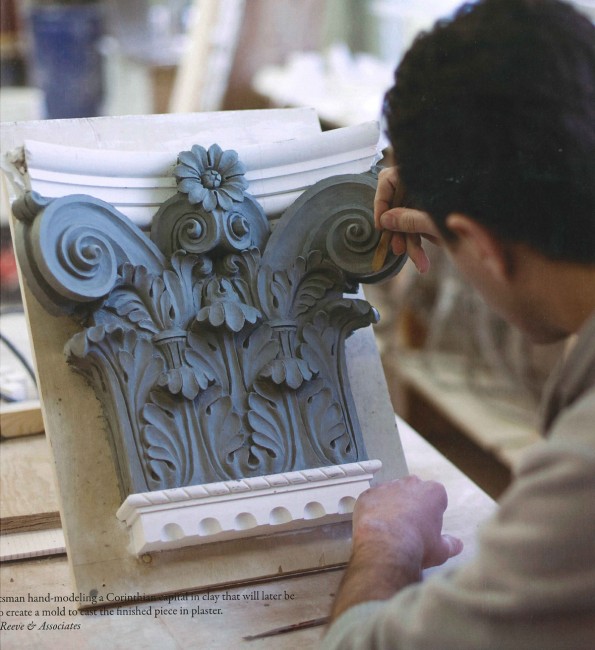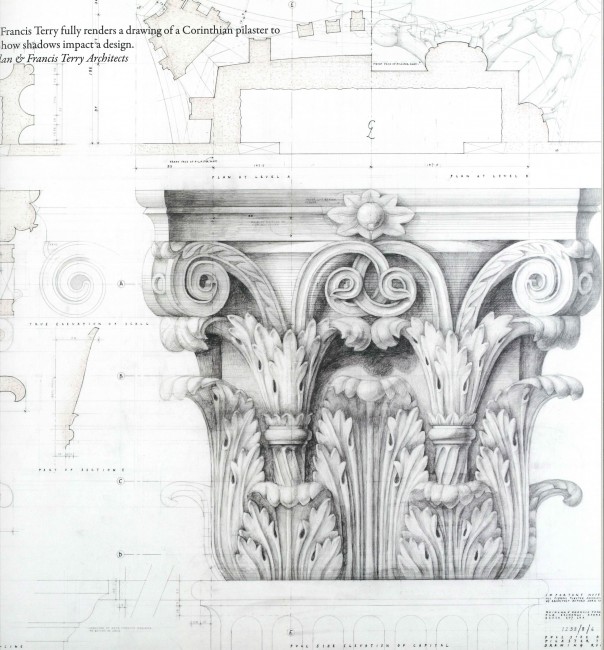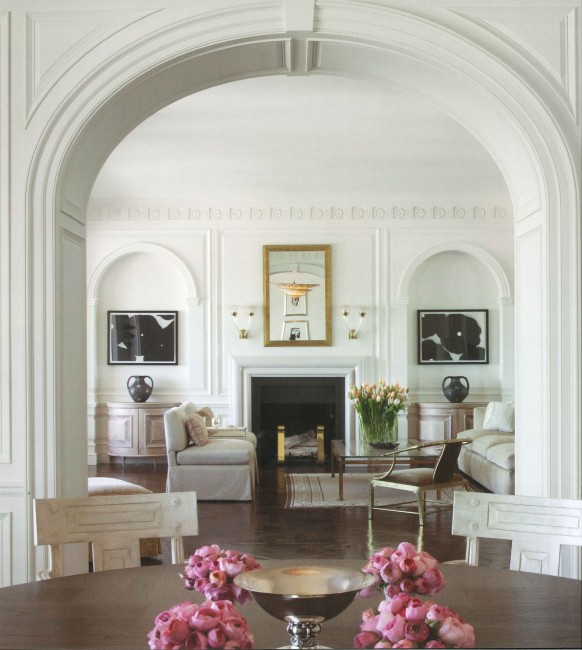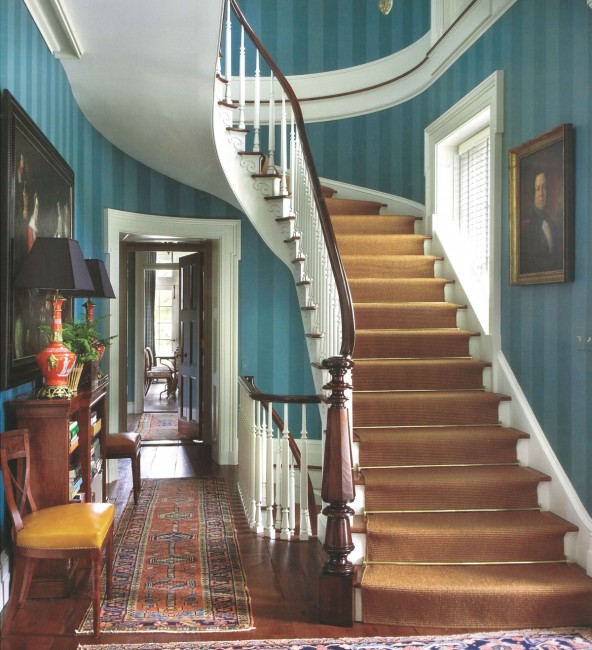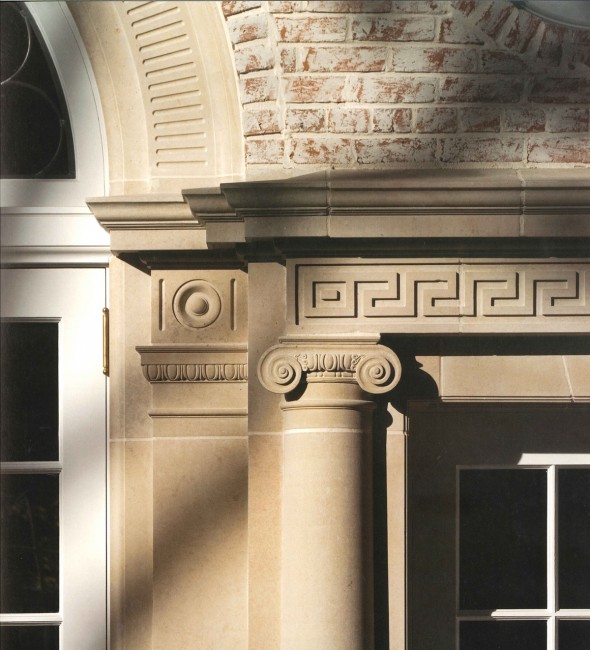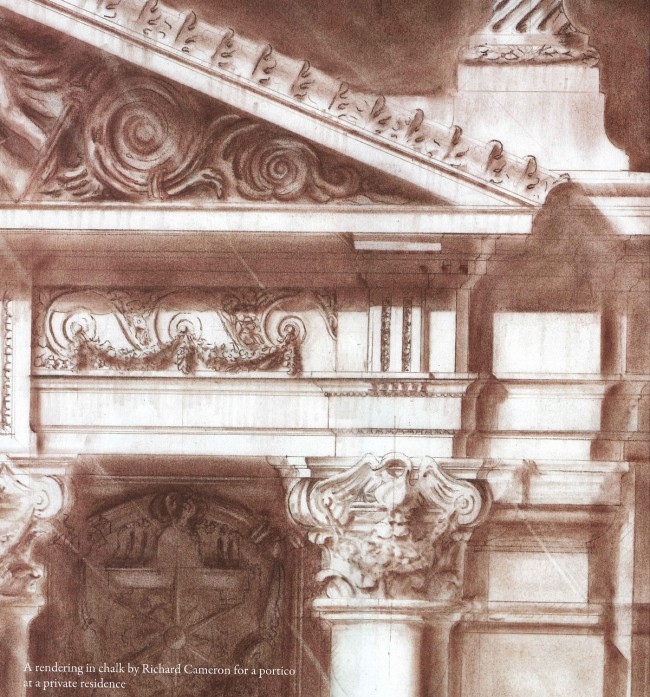
An elegant rendering by Richard Cameron for a portico at a private residence. Sketches establish the most general appearance and function of a building.

|

|

|

|

|

|

|

|

|

|

|
Several weeks ago, the Waterworks showroom in Greenwich, CT hosted a book signing for Philip James Dodd, the author of The Art of Classical Details: Theory, Design and Craftsmanship. In this beautifully organized and photographed book, Phillip proves that architecture, to be successful, requires not only a knowledge of theory and practice, but also an understanding and appreciation of the craft of building. He features architects and craftsmen who have a love for classical detail. They are students of the classical orders: Tuscan, Doric, Corinthian and Composite. Each order provides a system with its own distinct proportions, details and identity. Without them, classical architecture does not exist nor is it understood.


